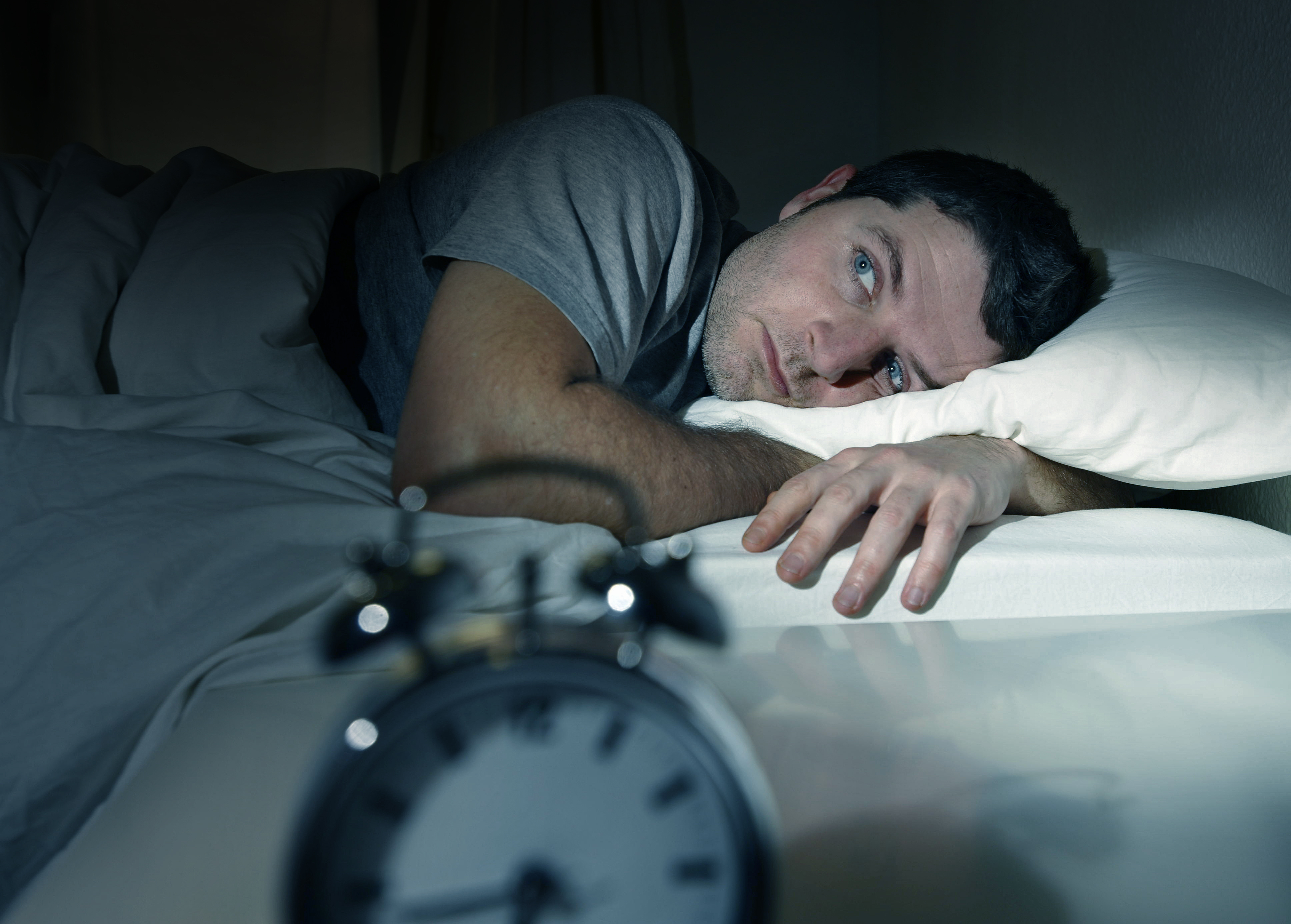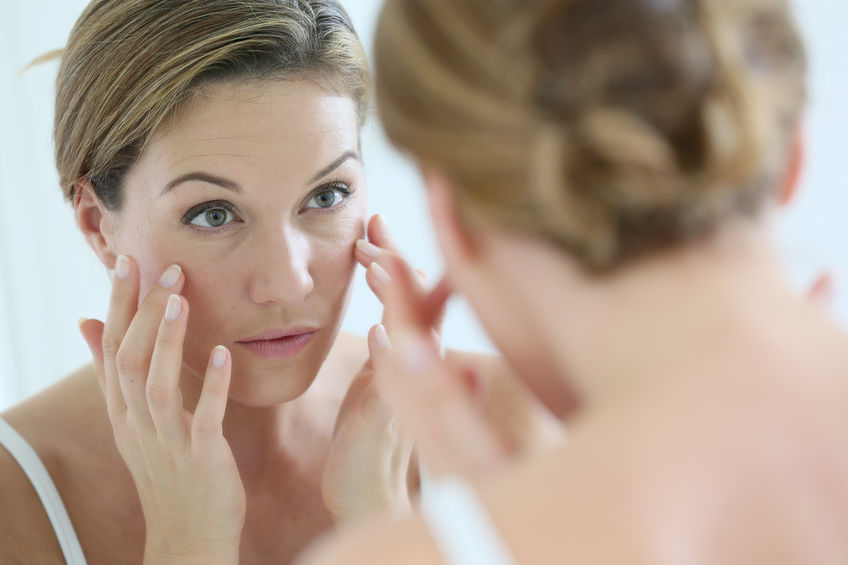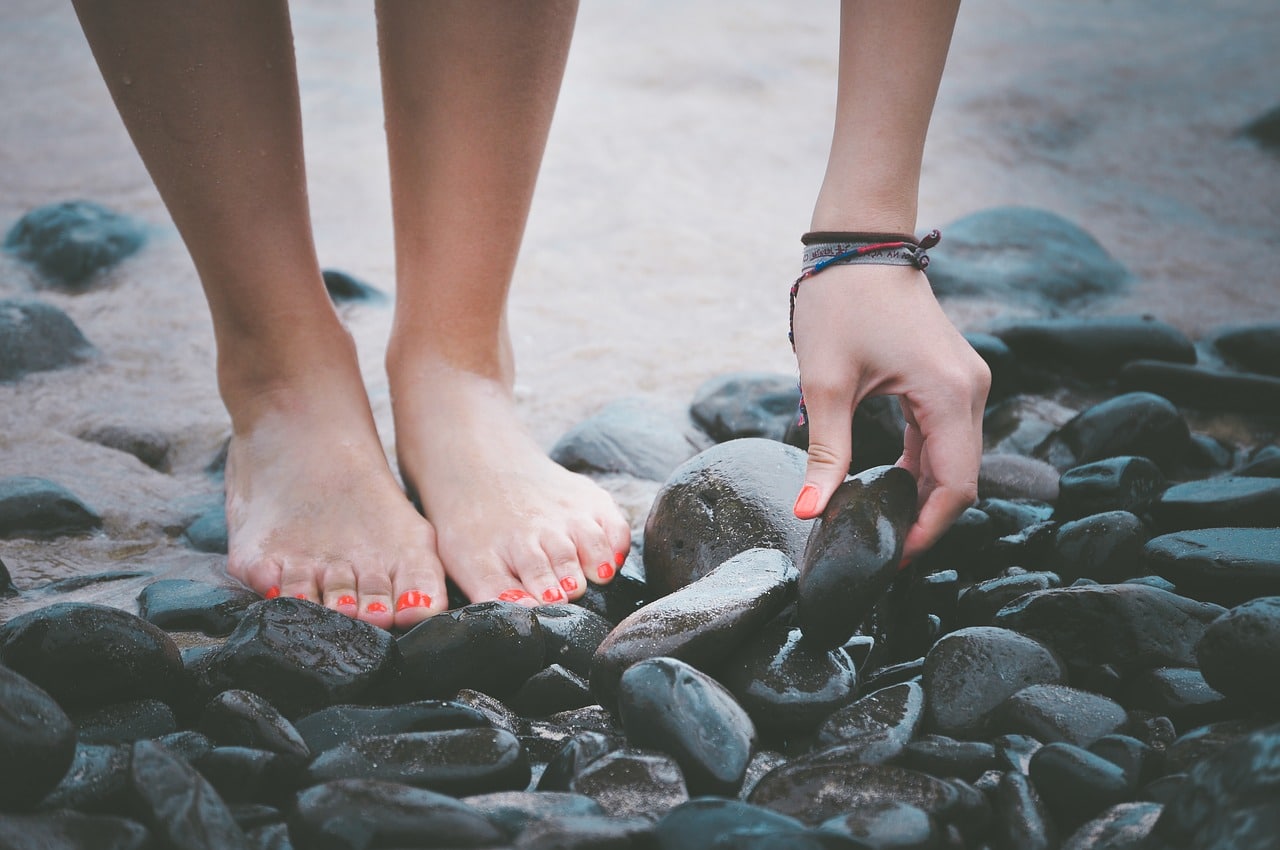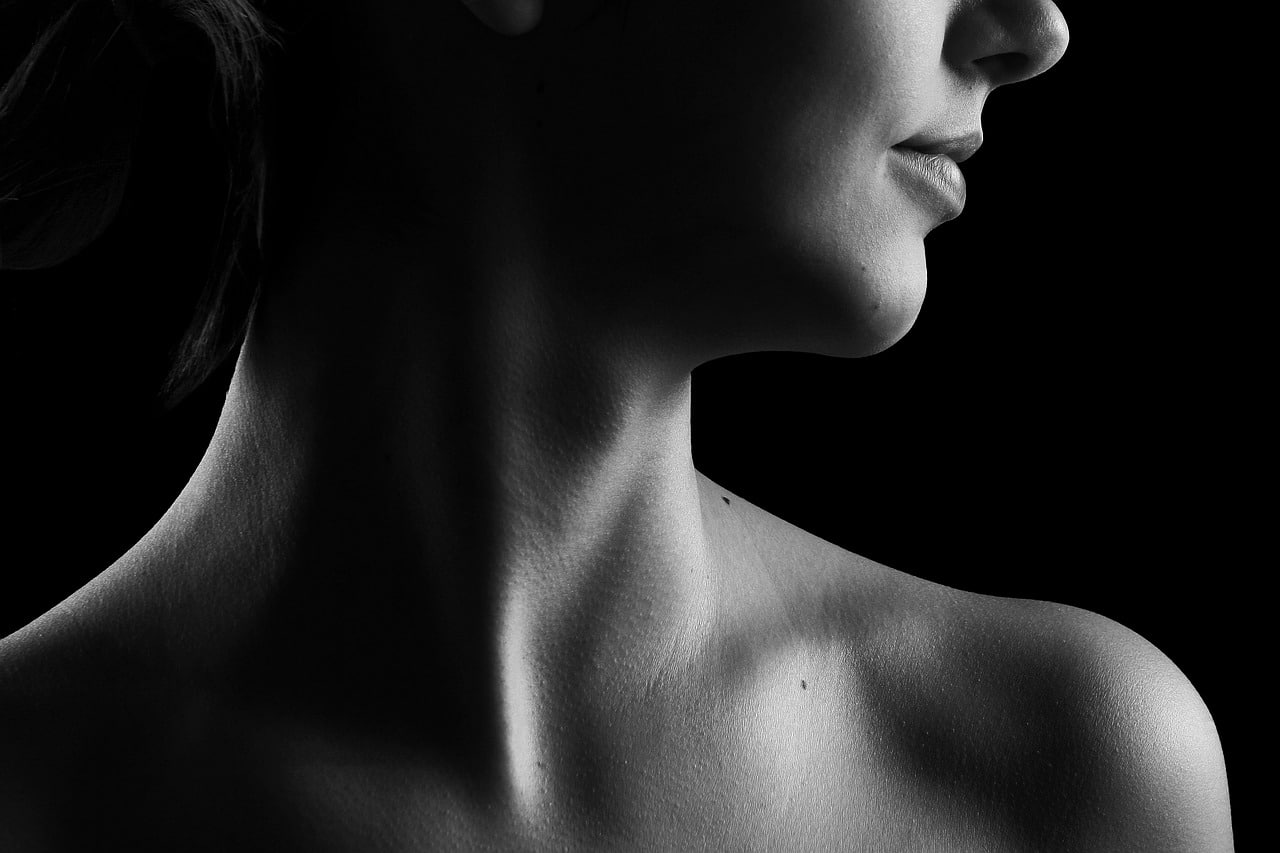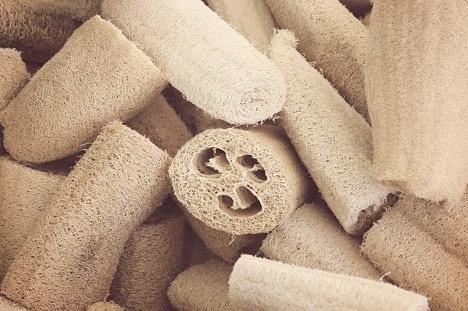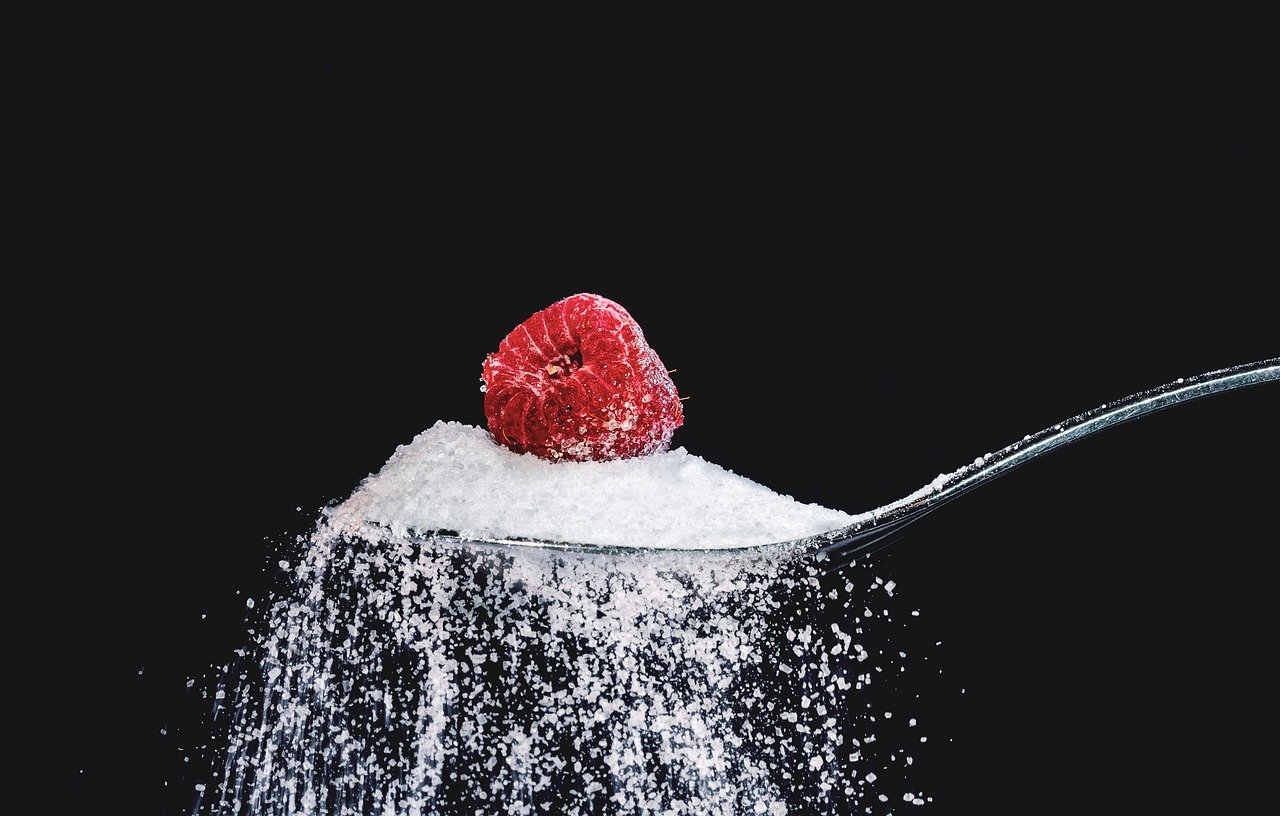Could sleeping longer be the key to maintaining healthy youthful looking skin into your later years? We’ve all heard the stories about waking up at 30 and having a one-third life crises because the cascading crow’s feet, wrinkles, and expression lines which have suddenly appeared what was once sparkling and wrinkle-free skin.
There is a lot of sleeping which needs to be done between 1 and 30, so it didn’t happen overnight, but rather overnights. Why is this? Let’s take a look at the anatomy of sleep.
Anatomy of a Sleeping Human
I no other than very certain terms, sleep is crucial for survival. Sleep deprivation across multiple day-night cycles will take days and even weeks off your lifespan and health span.
This is slightly disconcerting for three reasons.
1: The scientific community are only just now getting the idea of what sleep is, and the myriad of functions to which sleep are a vital component part.
2: The modern world is a world not designed for sleep. Lighted streets line lighted cities, and indoor lighting removes us from the cold darkness needed to spur and trigger us into sleeping.
3: The modern workweek is not designed with good sleep in mind. It would not be hyperbole to say that literally tens of millions of people wake up at 6-7, drive to work, sit in an office all day, before finally getting home around 6 pm having done absolutely nothing all day which could be considered fun, or pleasurable. This need for relief often sees them stay up far past sunset, to midnight, before finally falling asleep.
As we drift into sleep, a catalogue of wonderfully important processes begin to take place. We should keep in mind that when we talk about sleep stages within sleep cycles, the conversation takes place in a world where people go to sleep after sunset, which is not the world we live in where most people are happy as Larry to go to sleep at 2 am.
Another thing to keep in mind is that sleep is absolutely necessary, because if one thinks about how many animals sleep, especially how long humans sleep, there would be every reason on the surface for evolution to select against animals which sleep. A sleeping animal is a vulnerable animal, to predation, to exposure, not to mention that they aren’t spending time finding food, water, or a mate. This is because sleep is necessary for life, full stop.
Upon reaching the near-climax of falling asleep, we are actually in a state of sleep in itself. More or less, sleep can be defined by a different pattern of “brain-wave oscillations,” basically the speed of patterns of brain activity characterized by alertness. During a full night of sleep, we only burn a 100 and a bit less calories than when we are awake, so you can see the difference there.
Throughout each cycle of sleep, which takes about 3 hours depending on the individual, we walk through several stages of sleep, within each, brain activity changes, and different physiological processes began and end.
Skin Deep
Long story short (too late) one of these stages is called delta wave, slow wave, or just deep sleep. During the first half of the night, between 9:30 pm and maybe 1 am, the brain spends a lot of time in deep sleep. It is in this stage which the body begins to repair itself faster than at any point during sleep.
Now to our skin. Damage to our skin’s elasticity and cells occurs in life, but this is one of the organs which is repaired very fast during sleep, especially during deep sleep. But remember the two things we said earlier, deep sleep happens most often during the first half of the SOLAR NIGHT (not characterizes night in your sleep schedule) after 1 am, the brain’s hunger for deep sleep changes to favor REM sleep. On top of that, the modern world is not set up for those who like to sleep in darkness at 9 pm and wake up at sunrise.
Old Age
As we pass into our 40’s, 50’s, and beyond, it isn’t just the second half of the night where we stop getting deep sleep. Instead, middle and later years are associated with shorter spells inside deep, slow wave sleep, in other words, less time repairing cellular damage on the skin.
So there you have it. Skin damage across your lifetime could be greatly decreased by getting more sleep, importantly in the first half of the night, and more importantly in the first half of your life.
And by the way, a different outcome, but for the same reasons, is an increased risk of developing Alzheimer’s disease. So if you want to keep youthful skin and a youthful memory and mind, get plenty of sleep in the first half of the night in the first half of your life 🙂
Is there truly a “fountain of youth”? Can we really reverse aging? Answer to both questions is “yes,” but in Read more
What to do once you reach the age of 50? Life seems to come to a standstill, doesn’t it? Well, Read more
Pimples are irritating. They are one of the worst nightmares for a woman. And pimple scars? They are like death Read more
Feet – sigh! How often we take them for granted! They take us to places; they support our bodyweight; they Read more

